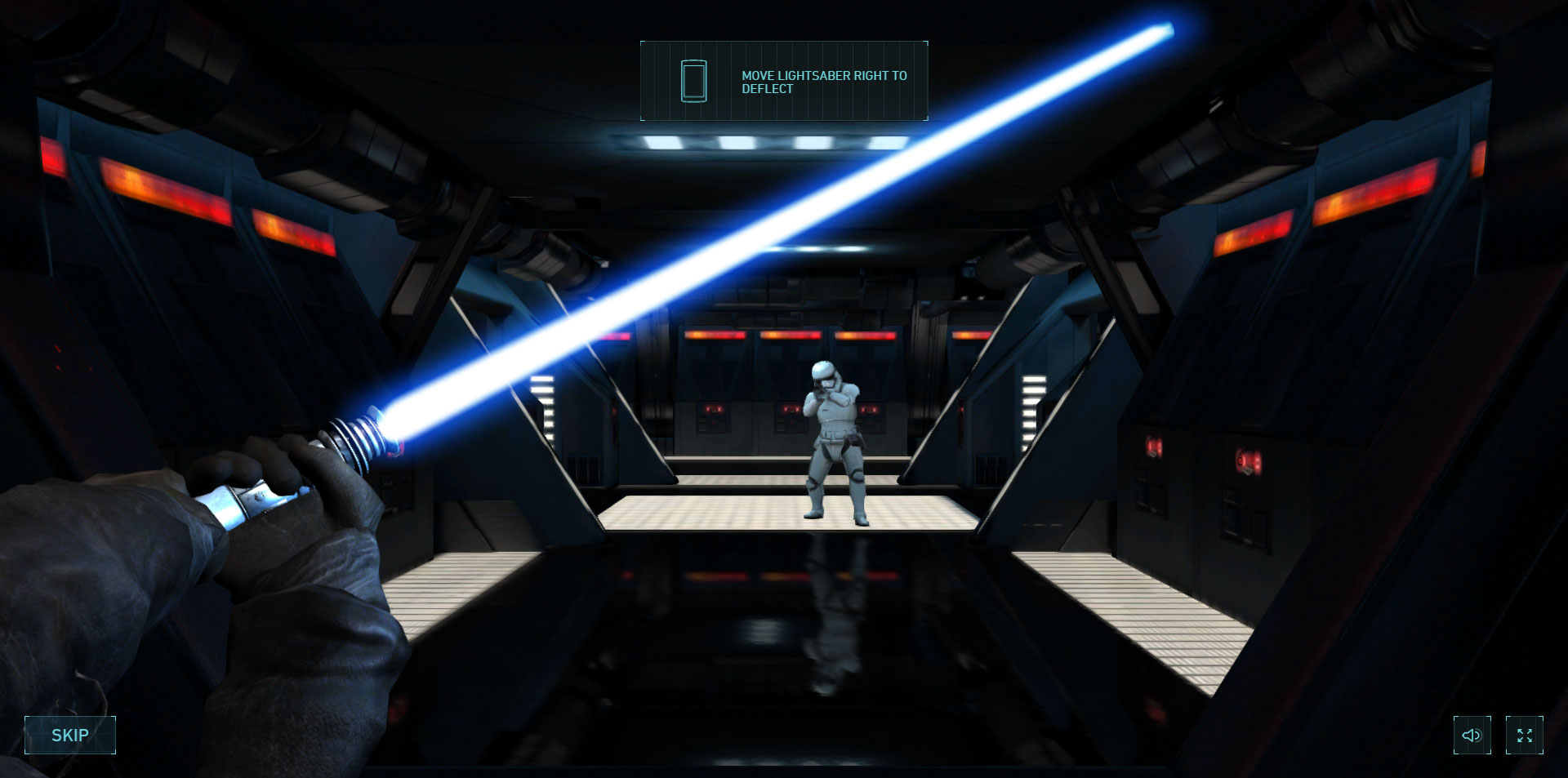
- #Desktop destroyer in browser portable
- #Desktop destroyer in browser Bluetooth
- #Desktop destroyer in browser crack
- #Desktop destroyer in browser windows
While I’m sure you might be able to swing a mean sword in Mordhau with the right tweaks, the full-forearm motion of a mouse just feels right to me. Still, I’m not going to tell you that the Steam Controller is better than my 20 years of muscle memory with a mouse and keyboard, or necessarily a fit for every game. For many games, I often found that a Steam Controller cultist had already uploaded a great controller scheme - I love what Runic did with Torchlight II - and it’s a cinch to take any profile you see, remix it, and share it with the community. With Slay the Spire and Into the Breach, I simply reduced the “friction” on the virtual trackball so I could easily fling the 2D mouse cursor around.

#Desktop destroyer in browser crack
With Control, I did both, instantly making myself a crack shot with the railgun revolver while binding back buttons to let me fly into the air and summon a shield of debris without ever taking my thumbs off the all-important sticks. And while you have the option of spending hours designing the perfect multi-layered control scheme, Valve makes it easy to add that gyro or a few extra grip buttons and go on with your day. The fancy touchpads no longer get in your way if you’re not interested, and you can now get precision aiming without relying on them one bit: just rest your thumb on the thumbstick to activate a gyro so you can tilt the Deck to easily zero in on your target. I wouldn’t be surprised if you’re thinking, “Uh, wasn’t the Steam Controller a flop?” But I’m here to tell you not only did it have an amazing cult following, the Deck makes it work. You can build macros and chorded combinations with other keys and per-key turbo modes, and like I said, it’s dizzying - and Valve barely explains how any of it works. and every one of the Deck’s 20-plus programmable controls can issue multiple different commands depending on how and when you press. You can click, swipe, flick, and “spin” a virtual trackball press down on their pressure-sensitive surfaces and even set their edges to continually move or turn your character. In addition to providing an entire traditional gamepad worth of analog joysticks, triggers, and face buttons - almost all of which feel fantastic, I might add - you also get four rear grip buttons and a pair of Steam Controller pads so customizable, calling them “trackpads” feels like a disservice. Okay, you might ask, but all the games I just named have gamepad support - what about the decades of mouse-and-keyboard fare? The Steam Deck lets you borrow or build a dizzying array of custom control schemes that make them feel at home, too. The joysticks are just slightly taller than I’d like, but they feel great and keep my palms from accidentally brushing the pads. It only takes three taps, and the awesome open-source MangoHud overlay, with Valve’s Gamescope, give you instant feedback on your frame rate, clockspeeds, frame times, even how quickly you’re draining the battery and how long it’s likely to last. Older or less demanding games can easily run on their highest settings, like Max Payne 3 or Mirror’s Edge.Īnd if the game you’re playing really doesn’t need the juice - say Hotline Miami or Nidhogg - you can throttle the frame rate, GPU clockspeed, or even the processor wattage to prolong the Deck’s battery life. While you might still struggle with the very latest titles, it’s got enough oomph that I’m playing Control and the Resident Evil 2 remake at a smooth 60 frames per second outside of big fights, and I can even turn the graphics up if I’m willing to accept 30fps instead.
#Desktop destroyer in browser portable
Starting at just $400, its custom AMD chip with RDNA 2 graphics instantly outstrips every boutique portable gaming PC on the market. The Steam Deck turns all that on its head. (There was also no way to quickly and reliably suspend the system without losing progress.) I could barely navigate the OS with its joysticks and touchscreen, there wasn’t enough performance to competently play even moderately demanding games like Outer Wilds and Valheim, there were no precision controls for shooting or point-and-click titles, and there was no point in bothering with anything but the lowest graphical settings. But it never quite felt like PC gaming to me.
#Desktop destroyer in browser windows
What do I mean? Last year, I borrowed a then-state-of-the-art Aya Neo handheld gaming PC and managed to play through Persona 4 Golden on that $800-and-up Windows machine.
#Desktop destroyer in browser Bluetooth
Dual-band Wi-Fi 5 (2x2), Bluetooth 5.0, UHS-I microSD reader.USB-C port with USB 3.2 Gen 2 data, DisplayPort 1.4 video out, USB-C PD charging.16GB LPDDR5 memory, 8GB accessible by GPU.



 0 kommentar(er)
0 kommentar(er)
